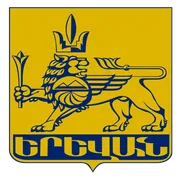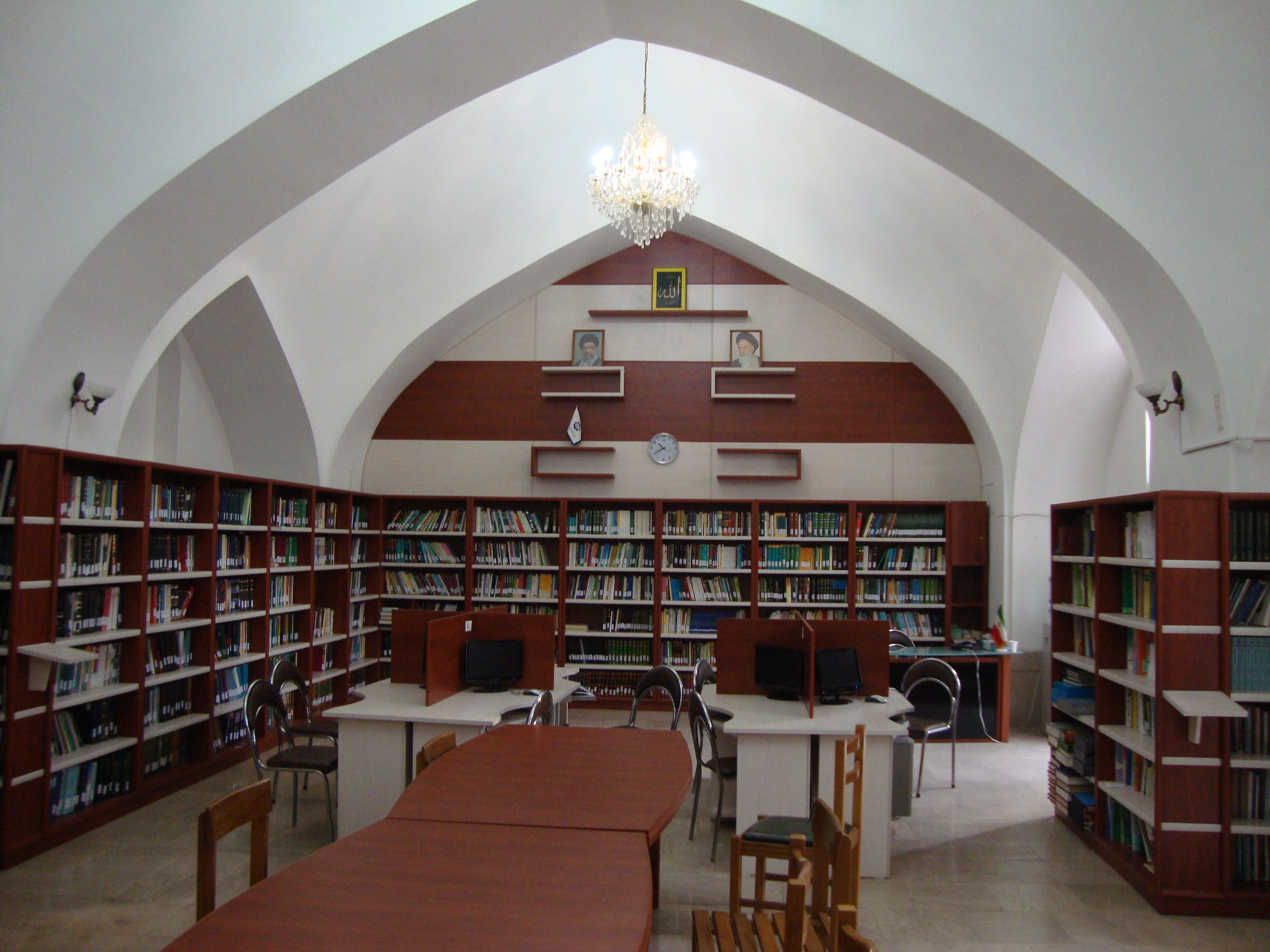Exploring the rich cultural heritage of Yerevan, our concierge services offer an exclusive opportunity to discover the hidden gems of this historic city. One such marvel is the Blue Mosque, an 18th-century Persian masterpiece that stands as a testament to the city’s diverse past. Our concierge services ensure a personalized and immersive experience, guiding you through this unique site’s intricate details and historical significance. With our expert guides, you will delve into the captivating stories and architectural splendor that make the Blue Mosque a must-visit landmark. Experience Yerevan like never before with our concierge services, tailored to provide a deep and enriching journey into the heart of Armenia’s capital.
Nestled in Armenia’s vibrant capital, Yerevan, stands a unique architectural marvel that captivates visitors from around the world. The Blue Mosque, an 18th-century Persian masterpiece, is the only active mosque in Armenia. This stunning religious edifice serves as a testament to the region’s rich cultural tapestry and offers a glimpse into the fascinating history of Persian influence in the Caucasus.
A Historical Oasis in Modern Yerevan
The Blue Mosque, locally known as Gok Jami, was constructed in 1765 during the reign of Huseyn Ali Khan, the ruler of the Erivan Khanate. Its construction marked a significant period in Armenian history when the region was under Persian control. The mosque’s presence in Yerevan serves as a living reminder of the complex historical narratives that have shaped the city and the country as a whole.
Despite the tumultuous events that followed its construction, including wars and changing political landscapes, the Blue Mosque has endured. It stands today as a symbol of religious tolerance and cultural diversity in Armenia, a predominantly Christian nation. The mosque’s survival and continued operation highlight Armenia’s commitment to preserving its multicultural heritage.
Architectural Splendor: A Feast for the Eyes
As visitors approach the Blue Mosque, they are immediately struck by its imposing yet elegant facade. The structure is a prime example of Persian Islamic architecture, featuring intricate geometric patterns, elaborate tilework, and graceful arches. The mosque’s name derives from the stunning blue tiles that adorn its exterior and interior, creating a mesmerizing visual effect that changes with the play of light throughout the day.
The mosque complex spans an impressive 7,000 square meters and includes a main prayer hall, a library, and a madrasa (religious school). The central courtyard, a characteristic feature of Persian mosque design, provides a peaceful oasis within the bustling city. Here, visitors can admire the harmonious blend of natural elements and architectural precision that defines Islamic garden design.
Inside the main prayer hall, guests are treated to a breathtaking display of Islamic artistry. Intricate calligraphy, delicate floral motifs, and geometric patterns cover the walls and ceilings, creating a sense of divine beauty and spiritual tranquility. The mihrab, the niche indicating the direction of Mecca, is particularly noteworthy for its exquisite craftsmanship and symbolic significance.
A Center of Cultural Exchange and Understanding
Today, the Blue Mosque serves not only as a place of worship for Yerevan’s small Muslim community but also as a cultural center that promotes understanding and dialogue between different faiths and cultures. The mosque regularly hosts exhibitions, lectures, and cultural events that showcase Islamic art, history, and traditions to a diverse audience.
Visitors to the Blue Mosque can participate in guided tours that offer insights into Islamic architecture, religious practices, and the historical context of the mosque’s construction. These educational experiences provide a unique opportunity for cultural exchange and foster a spirit of openness and mutual respect among people of different backgrounds.
The preservation of the Blue Mosque has been a collaborative effort between Armenian authorities and the Iranian government. Extensive restoration work carried out in recent years has ensured that this architectural gem continues to shine brightly in Yerevan’s cityscape. The careful maintenance of the mosque underscores the importance of preserving diverse cultural heritage sites as bridges between nations and civilizations.
Visiting the Blue Mosque: Practical Information
For those planning to visit the Blue Mosque, it’s important to note that the site is open to visitors of all faiths. However, as an active place of worship, visitors are asked to dress modestly and respect religious customs. The mosque is typically open daily, with specific hours for prayers and tours. It’s advisable to check the current schedule before planning your visit.
The mosque’s central location in Yerevan makes it easily accessible from most parts of the city. Its proximity to other notable attractions, such as the Cascades and Republic Square, makes it an ideal stop on any Yerevan city tour.
A Testament to Yerevan’s Cosmopolitan Spirit
The Blue Mosque is a powerful symbol of Yerevan’s cosmopolitan spirit and Armenia’s rich cultural tapestry. Its presence in the heart of the city invites visitors to explore the diverse influences that have shaped Armenian history and culture over the centuries. As the only active mosque in Armenia, it serves as a bridge between East and West, past and present, offering a unique perspective on the region’s complex heritage.
For travelers seeking to uncover the lesser-known facets of Yerevan’s history and architecture, a visit to the Blue Mosque is an absolute must. This Persian jewel not only offers a feast for the senses with its stunning beauty but also provides a profound lesson in cultural coexistence and historical preservation. As you stand in its serene courtyard or admire the intricate details of its design, you’ll find yourself transported to a different era, gaining a deeper appreciation for the enduring power of art and faith to transcend borders and unite people across time and cultures.

